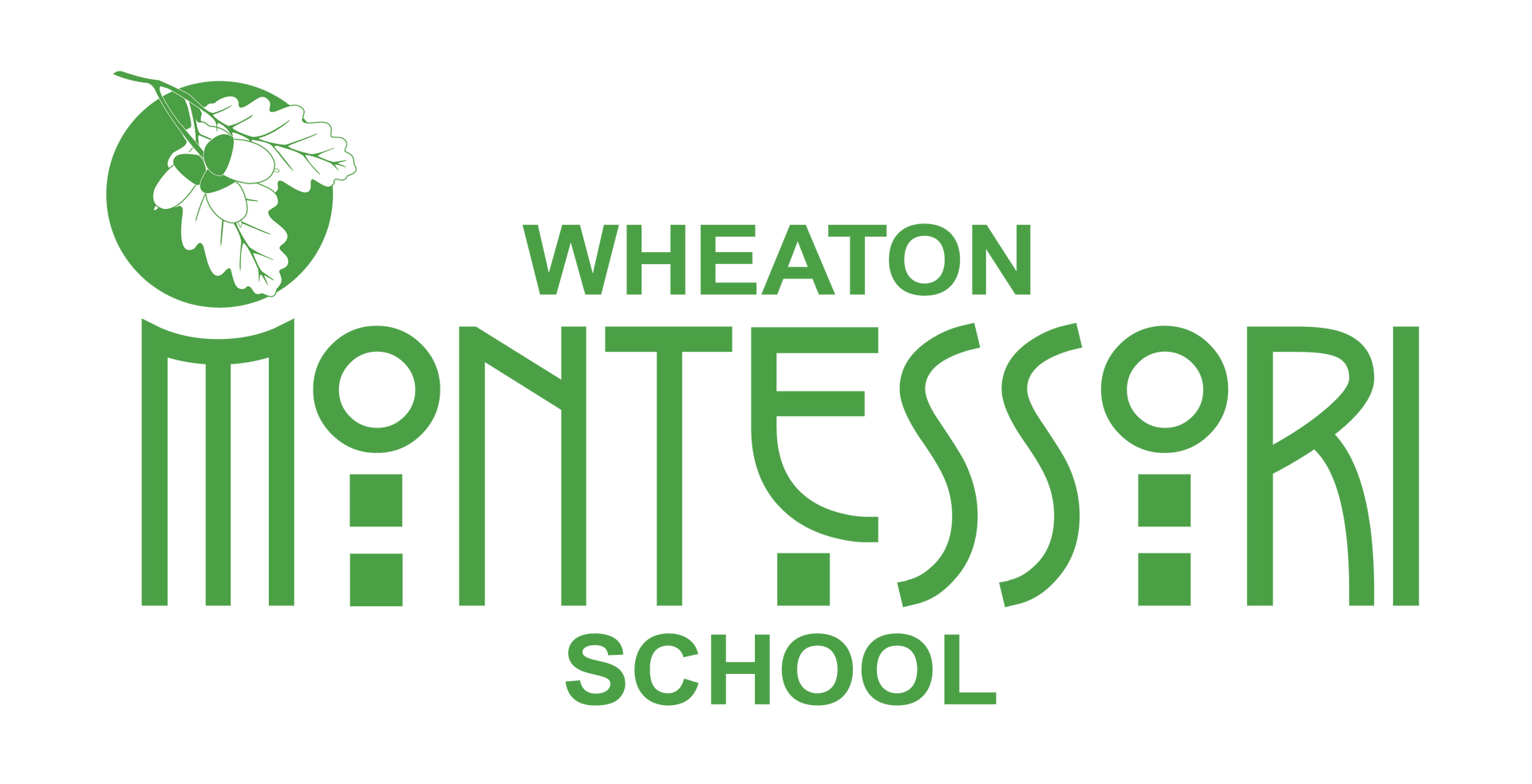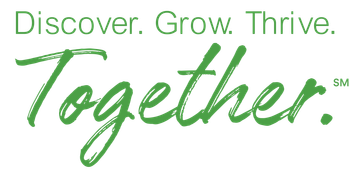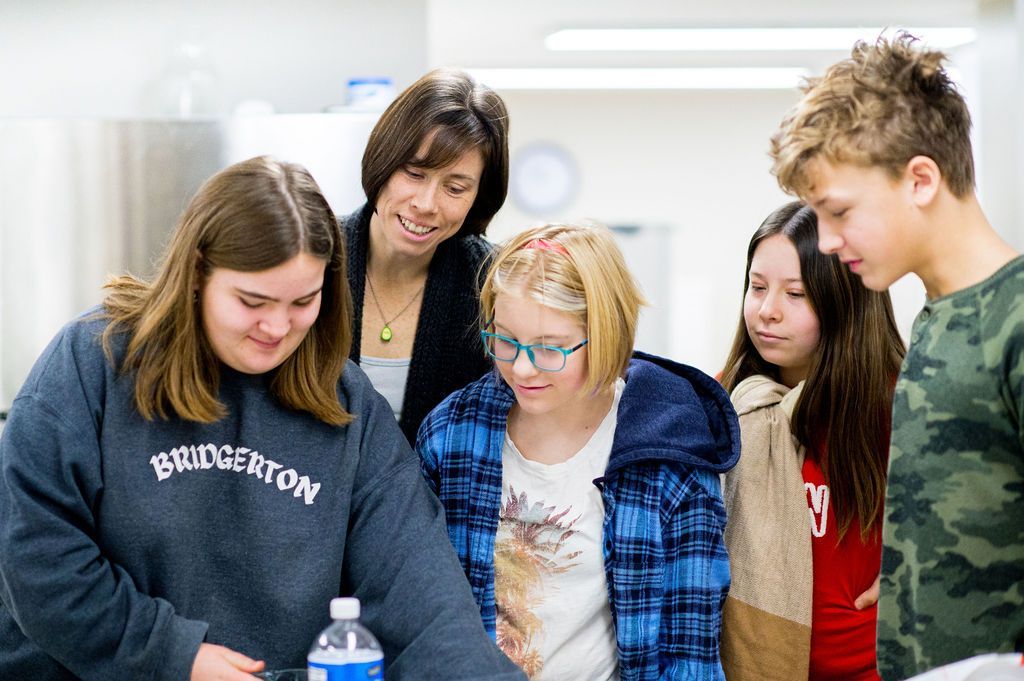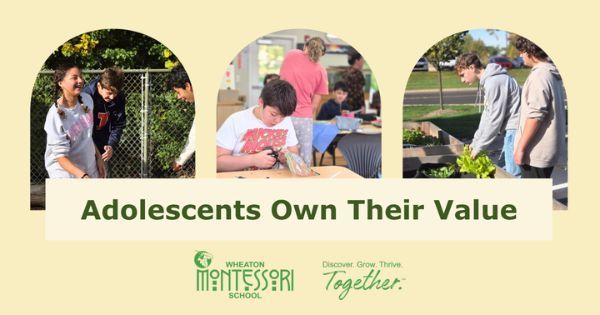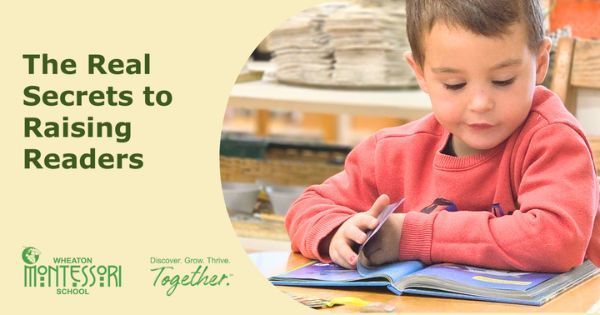Our mission
We are committed to providing an authentic Montessori education that focuses on each student’s needs, enabling them to discover, grow, and thrive in their unique potential. Our methods are grounded in authentic Montessori principles that continue to be proven and backed by scientific research on human development. We exceed the international standards of the Association Montessori International (AMI).
Why do so many families choose Wheaton Montessori School?
Personalized Education
Your child has unique potential. We unlock this through personalized guidance and support.
Multi-age Classrooms
All learners are celebrated as individuals. In multi-age classrooms, children do not need to wait for peers of the same age to progress within the curriculum.
Empowering Youth/Learners
Fostering the development of capable, young individuals who excel socially, emotionally, and academically through hands-on learning experiences.
Visit us!
We invite you to visit our campus, observe the children and teachers, and experience the educational atmosphere. We encourage you to ask questions and learn about the opportunities available to your family.
The latest from our blog.
Montessori vs. Traditional School:
What’s the Difference?
Read the White Paper!
